The oar is a useful precaution. The Swim waggon, had a very poor reverse gear in water (you can see why from the positio of the propellor) the oar provided the “reverse gear”, like wise the only steering came from the front wheels. Again pretty poor. The oar was used to steer the car. I am pretty sure the oars were standard issue to all users of the vehicle.
With regards to the 6 week life span.
It is a statistic. And as we all know, there are lies, damm lies and statistics.
In order to understand the 6 week statistic we need to know what it was based on, for example does it mean 6 weeks till write off or 6 weeks till it needs a mechanics repair/maintainence?
Takin gin to account that the vehicles were probably quite heavily abused, not to mention quite complex (ie the Power Take Off for the propeller) they probably needed a lot of maintainence.
Also factor in water getting in to the engines. A very real threat when crossing water in, what is essentially, a land vehicle. The whole design family (inluding the Kubalwagon) was based on the same chasis as the VW Beatle (civialian vehicle).

Herbie goes bananas!!! 
Another point, was that the hulls were able to be ruptured whilst driving on land, leading to that sinking feeling when on water. It is doubtful that sunken vehicles could be recovered. Those that were damaged, were likely to be scrapped and used for spares, unless the damage was repairable. Factories were often bombed in the latter stages of the war, resulting in fewer vehicles and spares.
Most vehicles went to teh Eastern Front, not known for as a benign environment for anything. In cold weather, a special highly volatile fuel was used. It is worth noting that this fuel (even today) normally leads to faster deterioration of the engine, and possible “addiction” of the engine to the fuel. In the cold winters of Russia, this stuff would have been used by the ton!!! Likewise, 80% of damage (even today) to an engine from running is caused in the first 10 minutess, as it warms up. Now factor in the cold of the Russian winter, and any other methods such as lighting fires under the engine or boiling water over the engine to thaw it out.
They were used, to start with, for recce. Hardly a gentle pass time, before being used as transports and liason vehicles for getting to the more remote sub-units. Again hard graft for the vehicles.
Rommel wanted them, but didn’t get them as the desert doesn’t have as many rivers and water obstacles ans teh Eastern Front. Although, they weren’t used for amphibous crossings as you would imagine.
Likewise the lifespan may have related to vehicles under Allied control, who wouldn’t have had ready access to spares.
The lifespan is only an average. It doesn’t mean that after 6 weeks the vehicles stop. We have many WW1 planes still around, and certainly the Royal Flying Corps’ (precurser to the Royal Air Force) pilots lifespan was said to be 20 minutes!!!
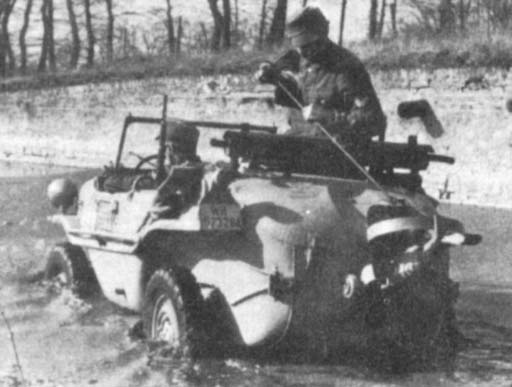

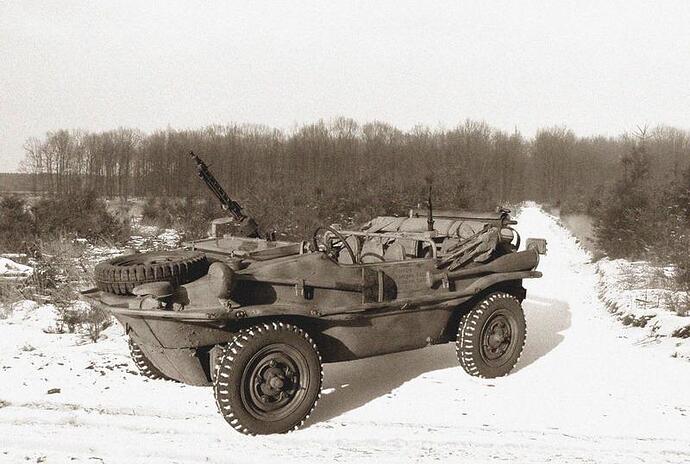
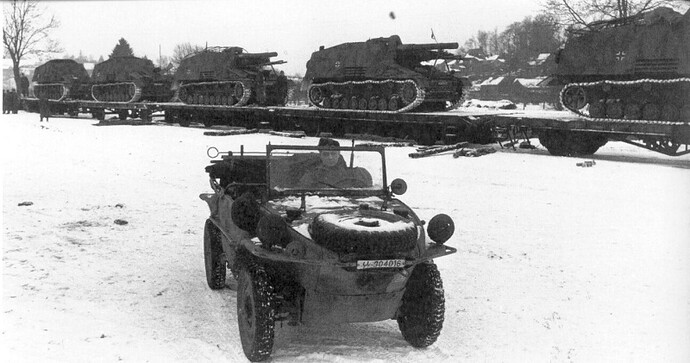

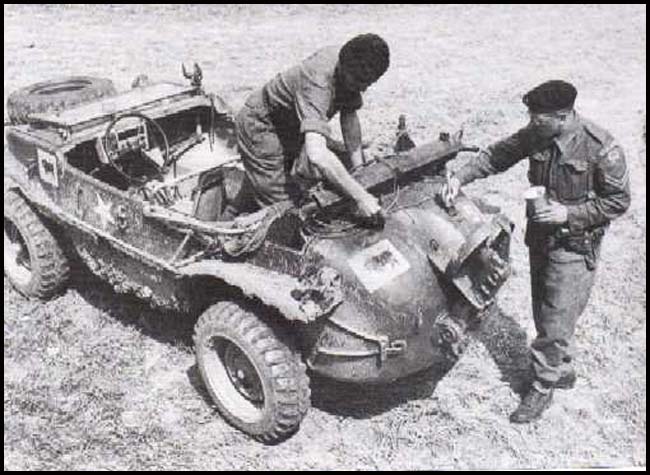
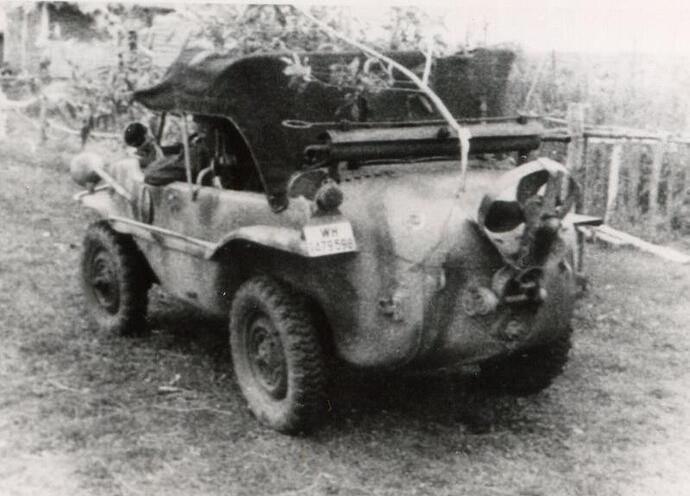
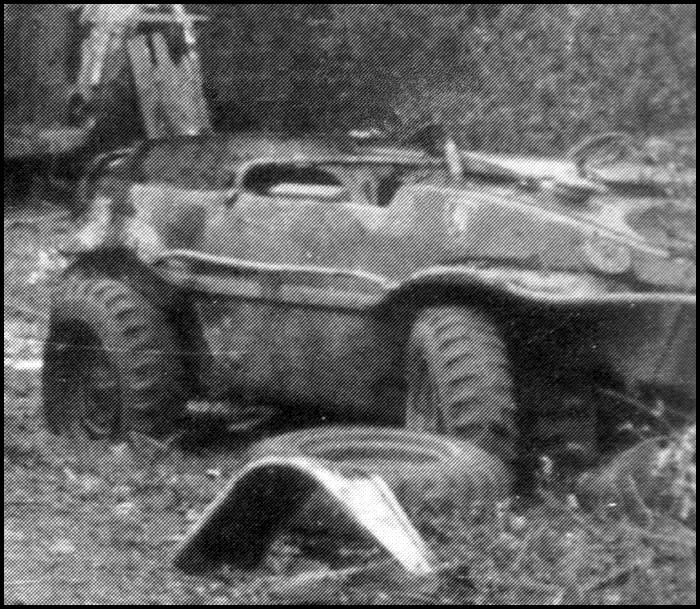
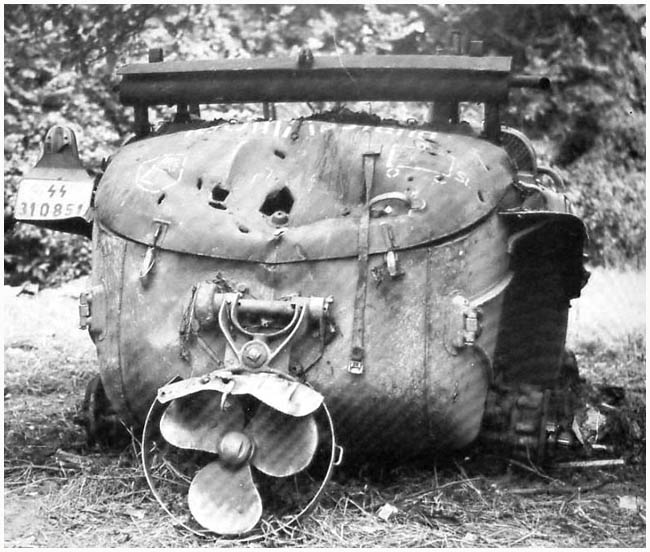
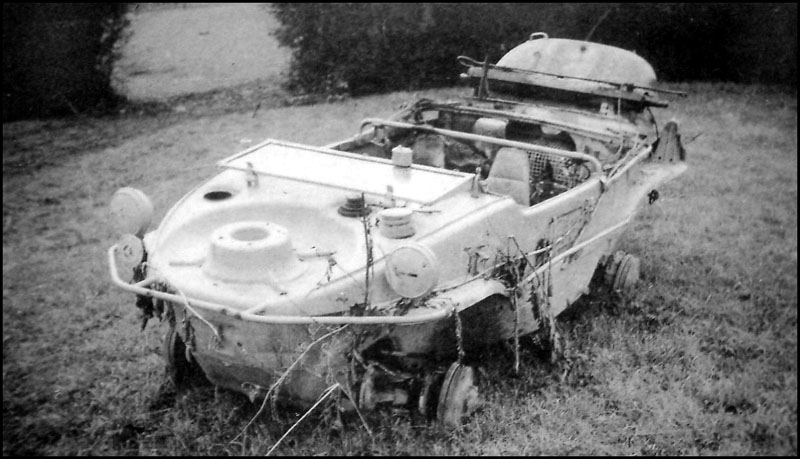




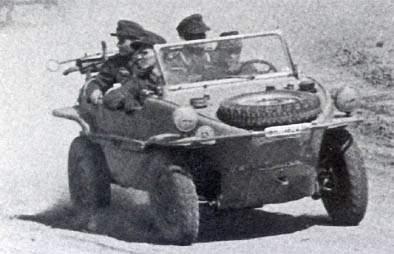
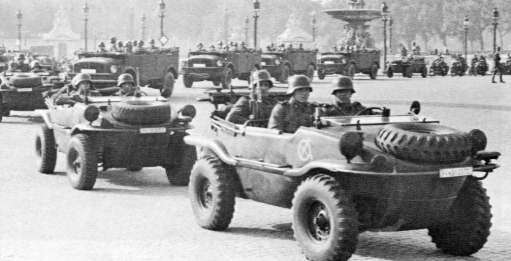
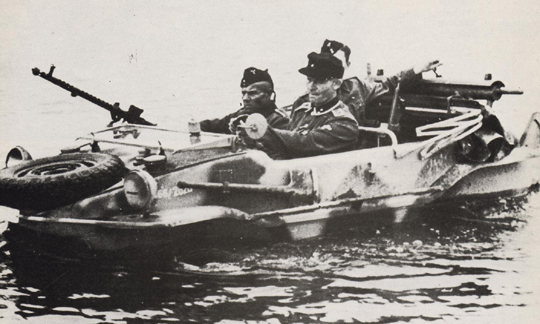
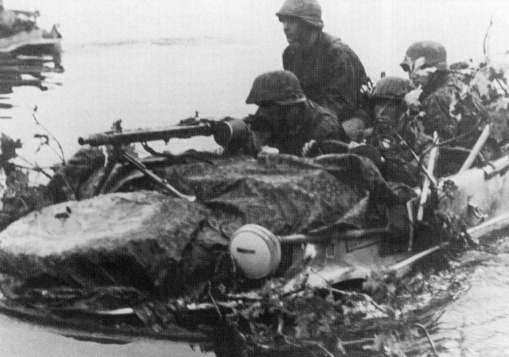
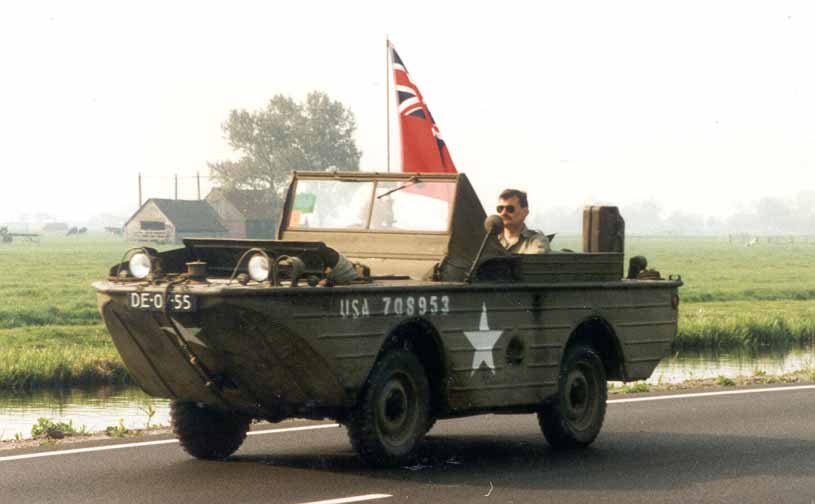
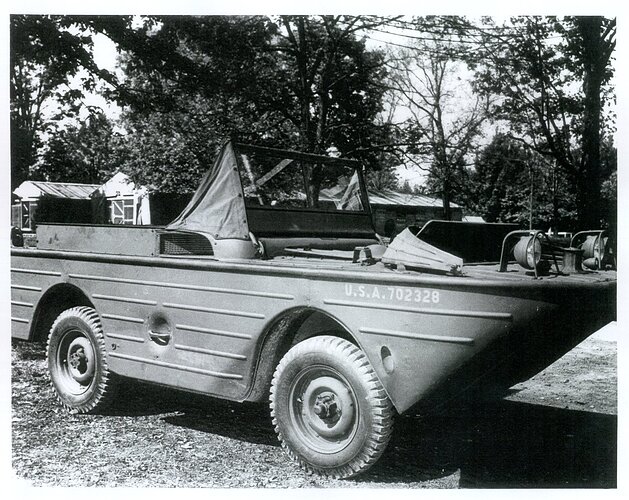


.jpg)







